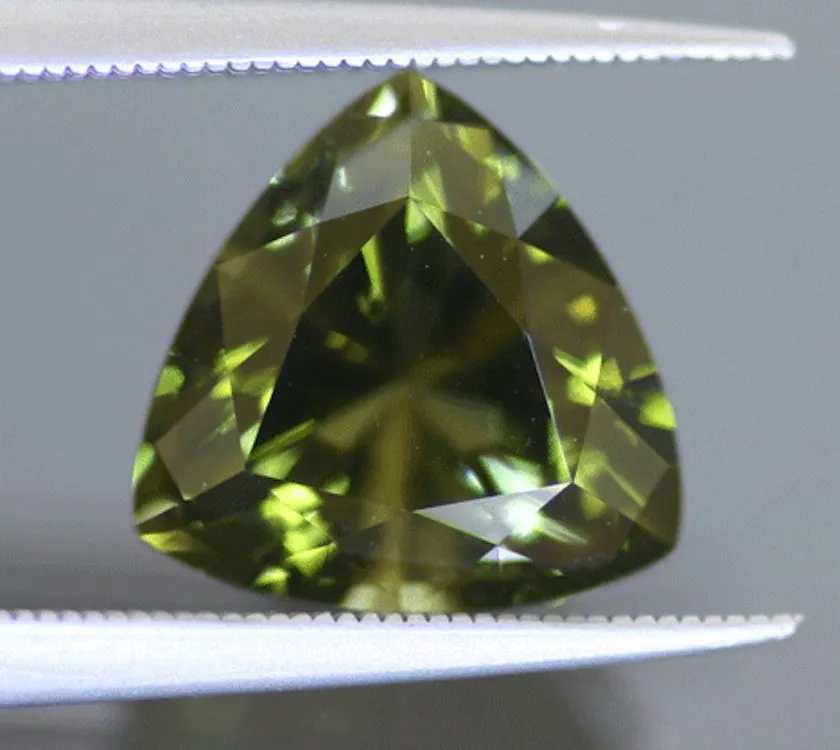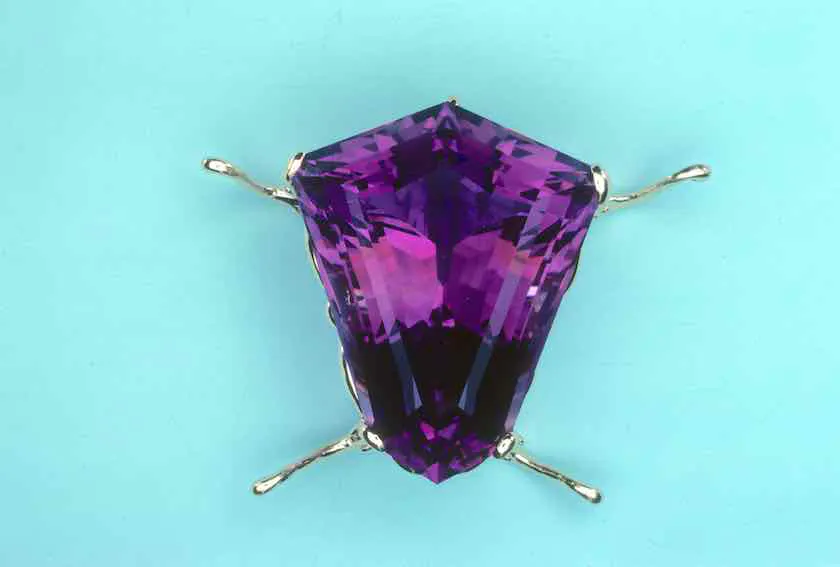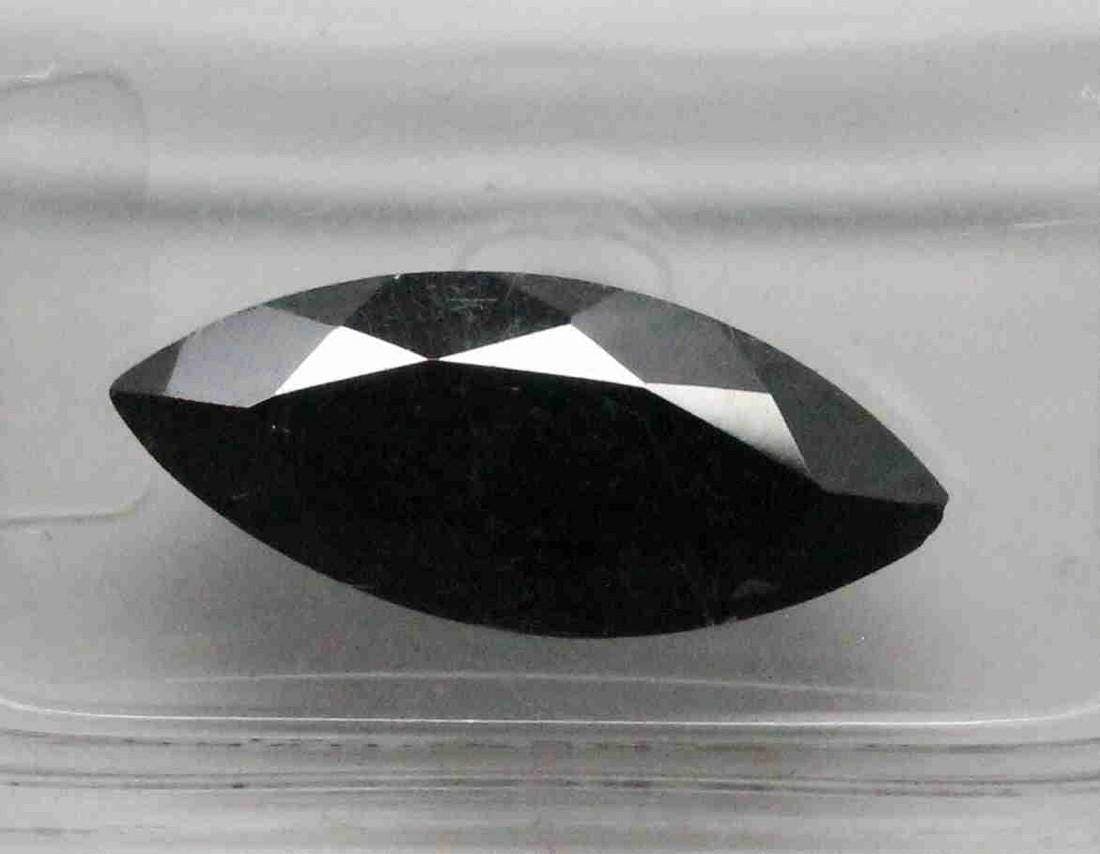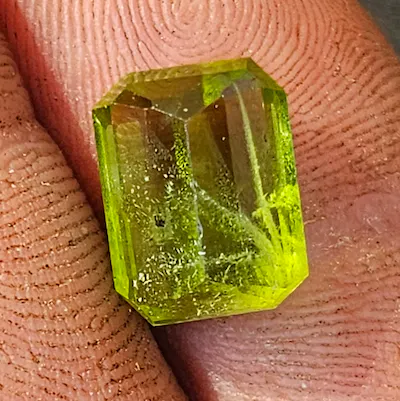Information about Zircon, News
Zircon: A Timeless Natural Gemstone
Discover the enduring allure of zircon, a timeless natural gemstone that has graced the fingers, necks, and ears of individuals throughout history. In contrast to its lab-created counterpart, cubic zirconia, zircon possesses a rich history and a diverse array of captivating colors. Loved by individuals born in December, zircon stands as one of the modern birthstones for this month. When thoughtfully incorporated into jewelry, zircon radiates unparalleled beauty, particularly in its most sought-after and expensive hue: blue. It’s worth noting that many blue zircons undergo heat treatment to achieve their mesmerizing color. While zircon may not boast the same hardness as diamonds, its distinctive birefringence sets it apart, making it an exquisite choice for those who value its unique optical qualities. Despite its susceptibility to scratching and chipping, zircon remains an ideal gemstone for occasional wear, effortlessly adding a touch of sparkle and elegance to any ensemble. Explore the world of zircon at Melogems to find the perfect piece that complements your style.
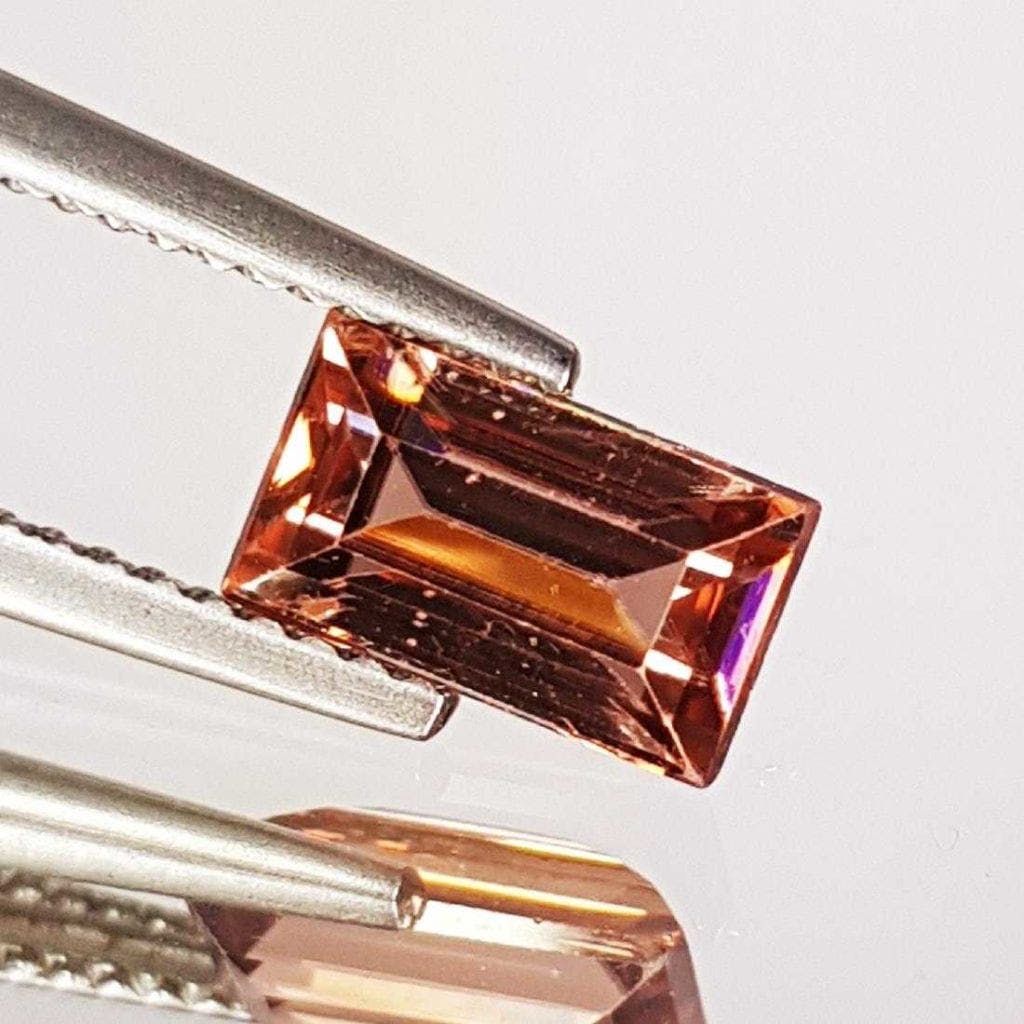
Zircon: A Timeless Natural Gemstone
Welcome to the world of zircon, a timeless natural gemstone that has been treasured for centuries. In this comprehensive article, we will explore the beauty, characteristics, and significance of zircon. From distinguishing it from cubic zirconia to understanding its role as a December birthstone, we will cover it all. So sit back, relax, and let’s dive into the fascinating world of zircon!
What is Zircon?
Introduction to Zircon as a Natural Gemstone
Zircon is a natural gemstone that has a rich history dating back to ancient times. It has been valued for its beauty and durability, making it a popular choice for jewelry. Unlike its synthetic counterpart, cubic zirconia, zircon is a naturally occurring gemstone formed through geological processes over millions of years.
Historical Significance of Zircon
Throughout history, zircon has been highly valued and associated with various cultures and civilizations. In ancient times, it was believed to possess mystical properties and was often used as a protective talisman. It was also revered as a symbol of wealth and prosperity. Today, zircon continues to captivate our imagination with its timeless appeal.
Physical and Chemical Properties
Zircon is a mineral that belongs to the group of nesosilicates. It has a unique chemical composition, with a combination of elements such as zirconium, silicon, and oxygen. This composition gives zircon its distinct properties, including its lustrous appearance and high refractive index. Zircon can occur in a range of colors, but its most prized varieties are blue and colorless.
Availability of Colors in Zircon
Zircon is known for its wide range of colors, providing options for all preferences. While blue and colorless zircons are the most sought-after, this gemstone can also be found in shades of yellow, brown, green, and even red. Each color adds its own unique charm and character to the gemstone, making zircon a versatile choice for jewelry.
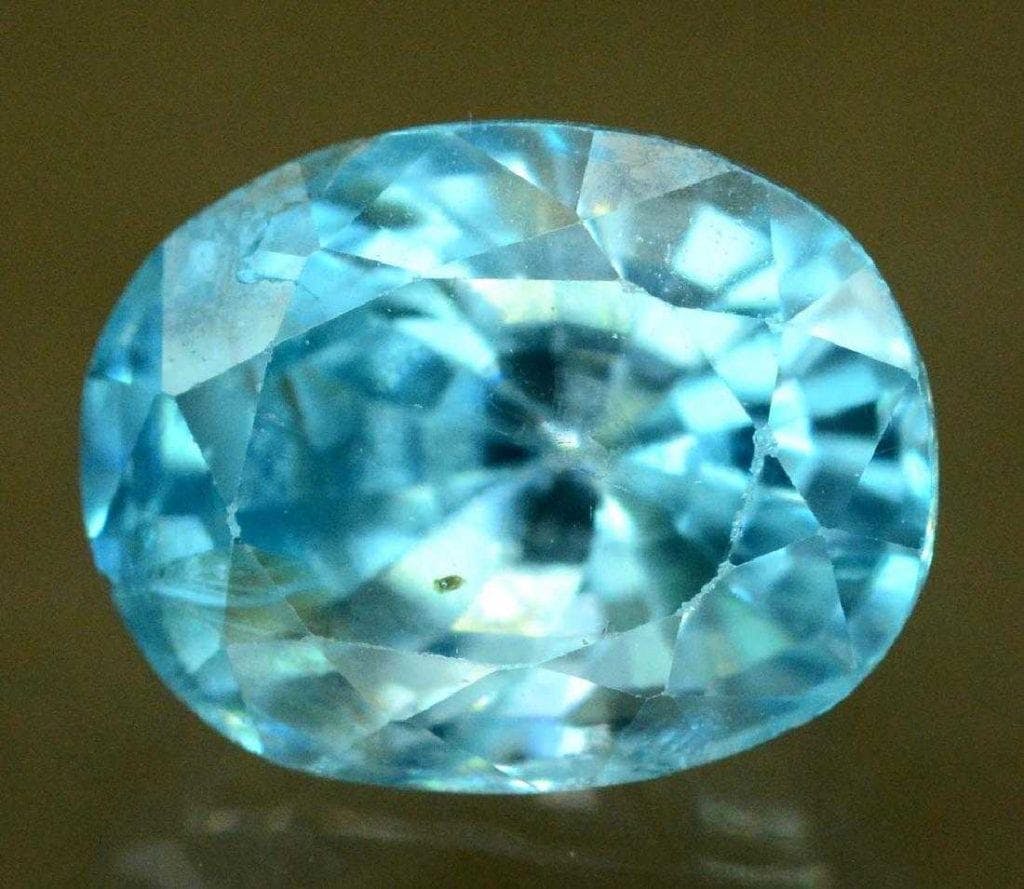
Distinguishing Zircon from Cubic Zirconia
Understanding the Differences
One common misconception is that zircon and cubic zirconia are the same gemstone. However, they are quite different in nature. Zircon is a naturally occurring gemstone, while cubic zirconia is a synthetic gem created in a laboratory.
Composition and Characteristics
Zircon and cubic zirconia have different compositions and physical properties. Zircon is a naturally formed mineral, whereas cubic zirconia is made from a combination of zirconium oxide and yttrium oxide. Zircon has higher refractive index and dispersion, giving it a brilliance and fire that is unique to this natural gemstone.
How to Identify Zircon and Cubic Zirconia
To distinguish between zircon and cubic zirconia, several factors can be considered. Zircon typically exhibits more natural imperfections, such as inclusions and blemishes, whereas cubic zirconia is nearly flawless. Additionally, zircon has a higher density and is harder than cubic zirconia. These subtle differences can help you identify which gemstone you are dealing with.
Zircon as a December Birthstone
Overview of Birthstones
Birthstones are gemstones that are associated with each month of the year. They hold special significance and are believed to bring luck, protection, and positive energy to those born during that month. Zircon is one of the modern birthstones for the month of December.
Zircon’s Inclusion as a Birthstone
Zircon’s inclusion as a birthstone for December offers individuals born during this month a beautiful gem that represents their unique qualities. With its stunning colors and historical significance, zircon adds a touch of elegance to any piece of jewelry.
Significance and Symbolism
Zircon is often associated with purity, wisdom, and prosperity. It is believed to bring clarity of mind and help in making sound decisions. As a December birthstone, zircon is thought to bring success, happiness, and good fortune to those who wear it.
Zircon’s Association with December
December is a month of joy and celebrations, characterized by winter holidays and the anticipation of a new year. Zircon’s association with December reflects the festive spirit of this month and offers a perfect gemstone to commemorate special moments and memories.
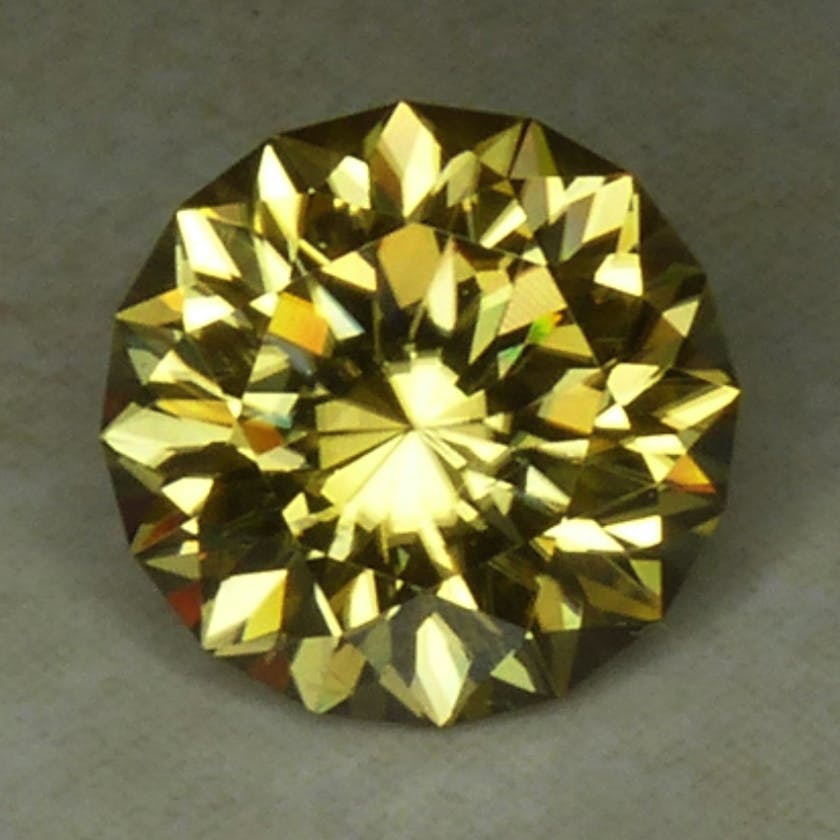
The Beauty of Zircon in Jewelry
Setting Zircon in Jewelry
Zircon’s beauty truly shines when it is carefully set in jewelry. Whether it is a ring, necklace, bracelet, or earrings, zircon adds a touch of timeless elegance to any piece. Zircon can be set in a variety of metal settings, such as platinum, gold, or silver, allowing for endless possibilities when it comes to designing jewelry.
Enhancing the Beauty of Zircon
To enhance the beauty of zircon, gemstone cutters employ different techniques to maximize its brilliance and fire. Faceting zircon in a way that allows light to interact with the gemstone enhances its sparkle and creates an eye-catching display of colors. Whether it is a traditional round cut or a more unique shape, such as an oval or emerald cut, zircon’s beauty is sure to captivate.
Design Considerations
When designing jewelry with zircon, it is important to consider the gemstone’s properties and characteristics. Zircon’s higher refractive index makes it particularly well-suited for faceted cuts that enhance its brilliance. It is also important to choose a setting and metal that complements the gemstone and brings out its unique colors and luster.
Careful Handling and Setting Techniques
Due to its lower hardness compared to diamonds, zircon requires careful handling and setting techniques. While zircon is durable enough for everyday wear, it is best suited for occasional wear to minimize the risk of scratching or chipping. Proper care and maintenance, such as regular cleaning and safe storage, can ensure the longevity of zircon jewelry and preserve its beauty for years to come.
The Allure of Blue Zircon
Importance and Popularity of Blue Zircon
Blue zircon holds a special place in the world of gemstones due to its exceptional beauty and vibrant color. It has gained popularity among jewelry enthusiasts and collectors alike, making it one of the most sought-after colors of zircon. The intense blue hues of blue zircon evoke a sense of elegance and sophistication.
Heat Treatment and Its Impact on Blue Zircon
It is important to note that almost all blue zircon available in the market has undergone heat treatment. This treatment enhances the color of the gemstone, making the blue even more vibrant and vivid. The heat treatment process is a standard practice in the gemstone industry and does not affect the overall value or quality of blue zircon.
Other Colors of Zircon
While blue zircon stands out for its allure, it is worth mentioning that zircon is available in a spectrum of colors. From fiery reds to warm yellows and earthy browns, zircon offers a wide range of options for those seeking a unique and personalized gemstone. Each color possesses its own individual charm and can be tailored to suit various tastes and styles.
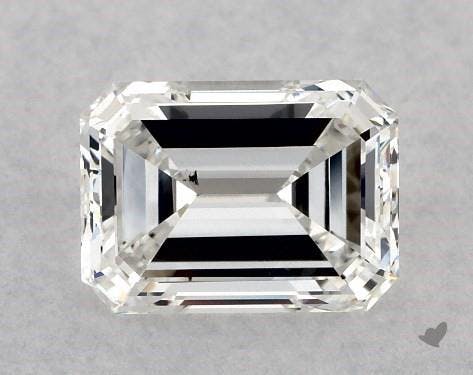
The Durability of Zircon
Hardness and Scratch Resistance
When it comes to durability, zircon does not match the hardness of diamonds. On the Mohs scale of mineral hardness, zircon ranks at around 6.5 to 7.5, whereas diamonds have a perfect hardness of 10. While zircon is relatively durable, it is important to handle it with care and avoid activities that may subject it to excessive force or impact.
Susceptibility to Chipping
Zircon’s susceptibility to chipping is another factor to consider when wearing zircon jewelry. The gemstone’s crystal structure and composition make it more prone to chipping than harder gemstones. Avoid wearing zircon jewelry during activities that may increase the risk of chipping, such as sports or heavy manual labor.
Protecting Zircon from Damage
To protect your zircon jewelry from damage, it is advisable to store it separately from other gemstones or harder materials. Avoid storing zircon jewelry in environments with extreme temperatures or humidity, as these conditions can potentially harm the gemstone. When not in use, place your zircon jewelry in a soft cloth or a jewelry box with padded compartments to prevent scratches or impacts.
Birefringence: A Unique Optical Property
Explanation of Birefringence
One of the unique optical properties of zircon is its strong birefringence. Birefringence refers to the gemstone’s ability to split light into two different paths as it passes through. This gives zircon a distinct play of colors and visual effects, further enhancing its overall beauty.
Comparison to Diamonds
Diamonds are known for their exceptional brilliance and fire. While zircon may not possess the same level of sparkle as diamonds, its birefringence creates a fascinating display of colors that sets it apart. This unique optical property adds depth and character to zircon, making it a captivating gemstone in its own right.
Visual Effects of Birefringence
When light interacts with zircon, birefringence causes a phenomenon called double refraction. This results in a splitting of light rays, creating a distinct play of colors and patterns that can be observed when looking at a zircon gemstone from different angles. This captivating visual effect adds an extra layer of charm and intrigue to zircon jewelry.
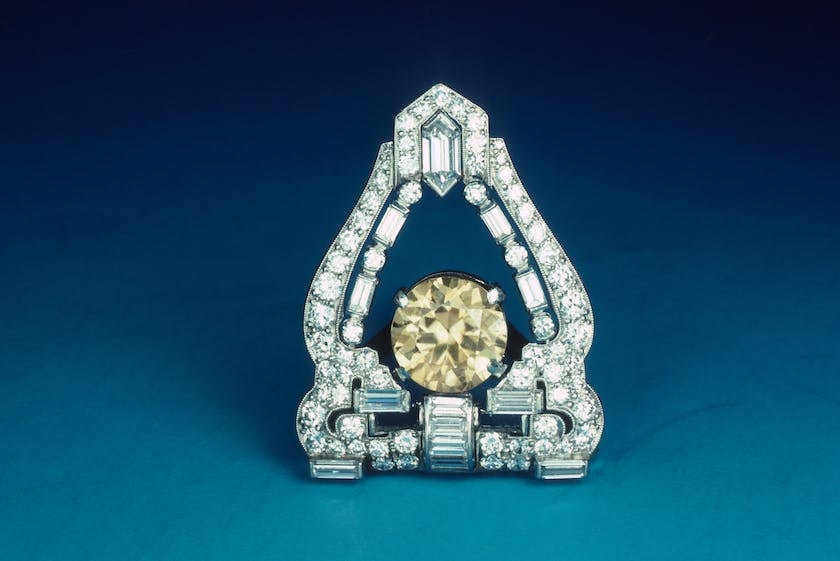
Caring for Zircon Jewelry
Tips for Proper Care and Maintenance
To ensure your zircon jewelry retains its beauty and brilliance, it is important to follow some simple care and maintenance tips. Avoid exposing your zircon jewelry to harsh chemicals, including household cleaning agents or beauty products. Remove your jewelry before engaging in activities such as swimming or exercising to prevent it from coming into contact with chlorine or sweat.
Cleaning and Storing Zircon Jewelry
Regular cleaning is essential to maintain the luster of your zircon jewelry. To clean your zircon jewelry, gently wipe it with a soft cloth or brush using mild soapy water. Avoid using harsh cleaners or abrasive materials that can potentially scratch or damage the gemstone. After cleaning, dry your zircon jewelry thoroughly and store it in a safe place away from other jewelry pieces to prevent scratching.
Preventing Damage during Everyday Wear
While zircon is relatively durable, it is important to wear and handle it with care to minimize the risk of damage. Avoid subjecting your zircon jewelry to excessive force or impact that may lead to chipping or scratching. It is also advisable to remove your zircon jewelry before engaging in activities that involve rough contact or potential impact.
Identifying Zircon
Determining Authenticity
When purchasing zircon, it is important to ensure its authenticity. One way to do this is by purchasing from reputable jewelers or gemstone dealers who provide certificates of authenticity. These certificates verify the origin and authenticity of the gemstone, giving you confidence in your purchase.
Visual Identification Techniques
Visual identification techniques can also help in determining if a gemstone is zircon. Look for the gemstone’s distinct colors and clarity, as well as any natural imperfections, such as inclusions or blemishes that are commonly found in zircon. Pay attention to the gemstone’s fire and brilliance, which are characteristic of zircon.
Fluorescence and Phosphorescence
Under UV light, zircon may exhibit fluorescence and phosphorescence. This means that it may emit a glowing or colorful light when exposed to ultraviolet radiation. While this property is not exclusive to zircon, it can be an additional indicator of its authenticity when combined with other identification techniques.
Importance of Absorption Spectrum
Zircon has a strong absorption spectrum, which refers to the specific wavelengths of light that it absorbs. By analyzing the gemstone’s absorption spectrum using specialized equipment, gem experts can confidently identify zircon and distinguish it from other gemstones. This technique provides a scientific and definitive method of identifying zircon.
In conclusion, zircon is a timeless natural gemstone with a rich history and a wide range of colors. Its beauty and allure make it a popular choice for jewelry, and its association with December as a birthstone adds to its significance and symbolism. While zircon may not have the same level of hardness as diamonds, its unique optical properties, such as birefringence, create a captivating visual display. By caring for your zircon jewelry and following identification techniques, you can ensure its longevity and authenticity. So whether you’re drawn to its vibrant blue hues or its warm earthy tones, zircon is a gemstone that will continue to shine through the ages.

